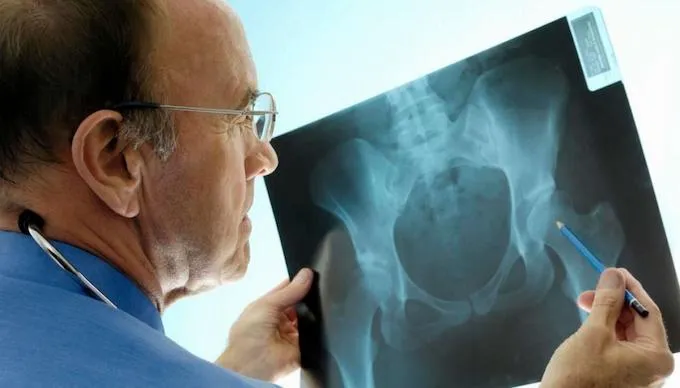The risk of osteoporotic fracture is increased with some of the associated diseases of this pathology, as in the case of the two most prevalent endocrine diseases: diabetes and thyroid diseases.In this way, the risk of this hip fracture in patients with type 2 diabetes increases between 20 and 40 % when comparing it with the non -diabetic population.
José Luis Pérez Castrillón, coordinator of the osteoporosis group of the Spanish Society of Internal Medicine (SEMI), explained in this sense that “in diabetes there is a decrease in the quality and quantity of the bone causing an increase in the risk of falls,while in hyperthyroidism there is an increase in the remodeling of the bones that causes deterioration of bone microarchitecture.Something similar happens with the B that is caused by an alteration of bone remodeling producing an imbalance and the predominance of bone destruction. ”
The medical writing portal tells that hip fracture is the most serious complication associated with osteoporosis, assuming an incidence of four cases per 1,000 inhabitants, which raises the number of fractures of this typical among osteoporotic patients in 170,000Spain, according to SEMI sources.
Pérez Castrillón explained that “the hip fracture is pathological, that is, trauma occurs because the patient in question suffers osteoporosis.In this, two factors are involved, the fall and a lower amount and quality of the bone, so it is necessary to intervene on both issues, develop the measures to avoid the appearance of fractures and add therapeutic solutions to increase bone mass ”.
The affected population has an advanced age, normally above 80 years, and usually suffer from other associated diseases, which makes mortality in the first year after suffering a hip fracture is 30 %, “while among those patientsthat they do not die only 20 percent return to their situation prior to the fracture and a significant percentage have to be institutionalized for their care. ”
These data have emerged during the XIV Osteoporosis Meeting that the SEMI has recently celebrated in Madrid, which they have attended about a hundred specialists, and during which experts have treated the main novelties around osteoporosis, as well asIts relationship with other relevance diseases in the clinical practice of the internist or the importance of diagnosis.
One of the main problems facing the osteoporotic patient is therapeutic compliance, since around half abandons the treatment before finishing the first year.“This is determined by the absence of an easy use procedure to assess its effect and by the serious adverse effects that, although rare, can happen.Despite this, the risk-benefit relationship is still very favorable to treatments, ”said Pérez Castrillón.
In addition, the main initiatives on the subject have been shared at the meeting, among which the exploitation of the data collected in the Osteomed study, a registration of osteoporosis patients treated by internists who has allowed to obtain information on clinical aspects stands out, diagnoses and therapeutics of around 2,000 patients with osteoporosis;In addition to assessing the relationship of this disease with other pathologies, including diabetes.


